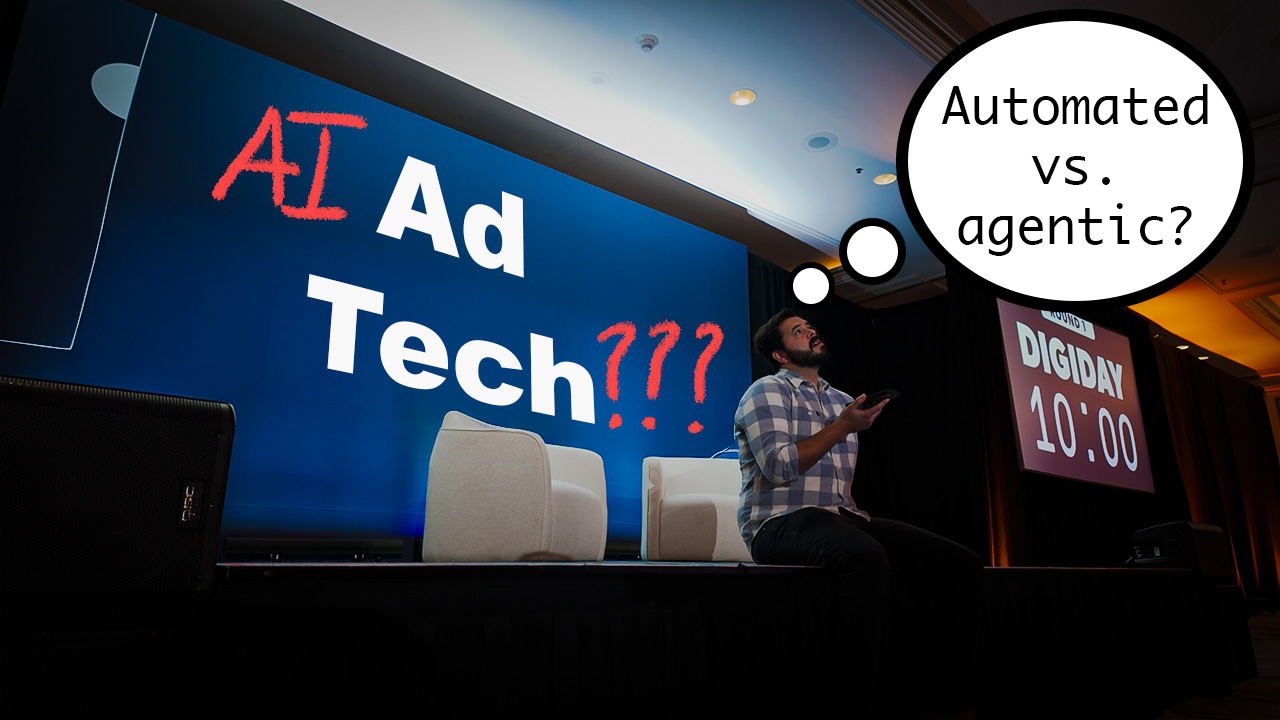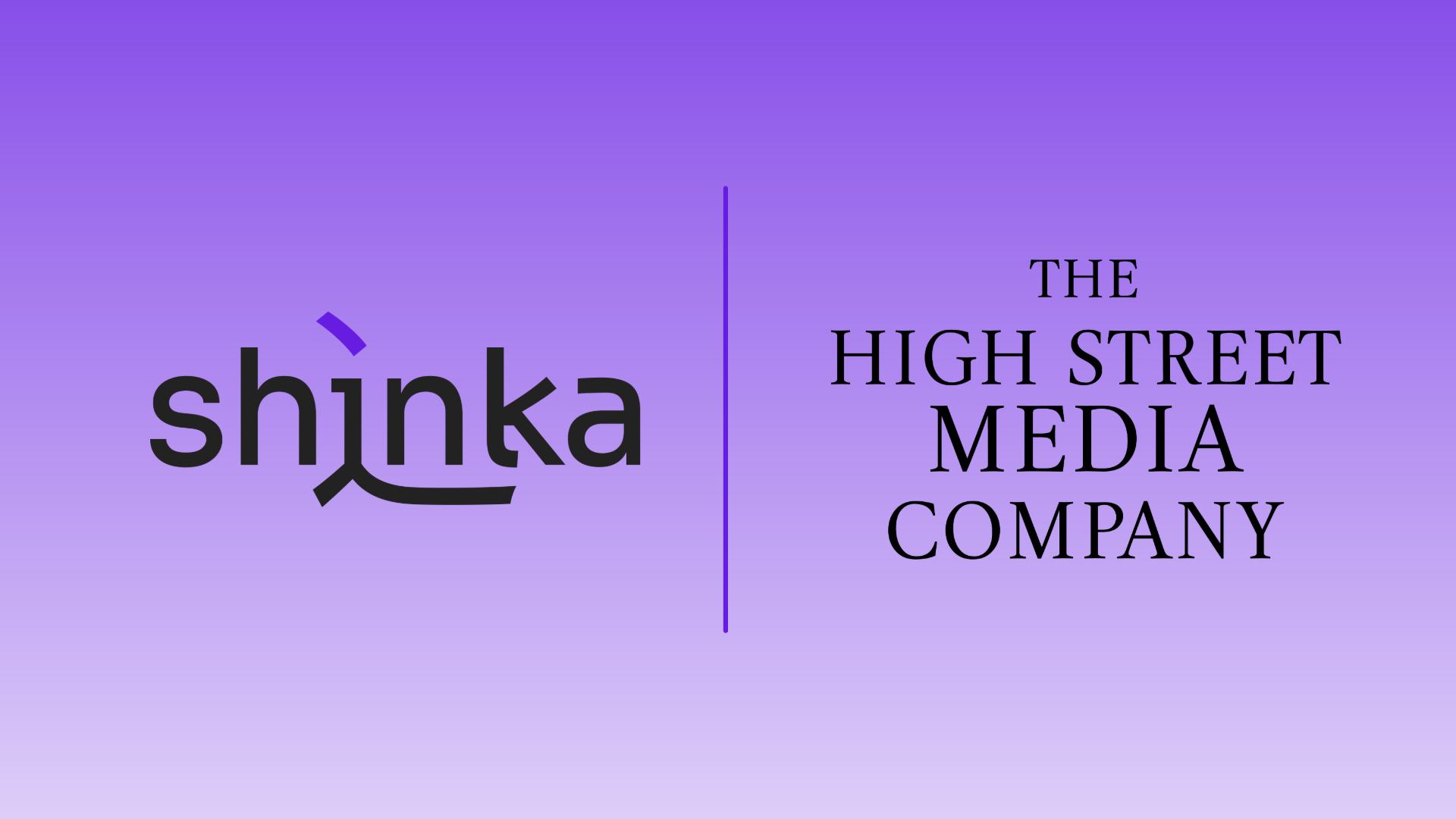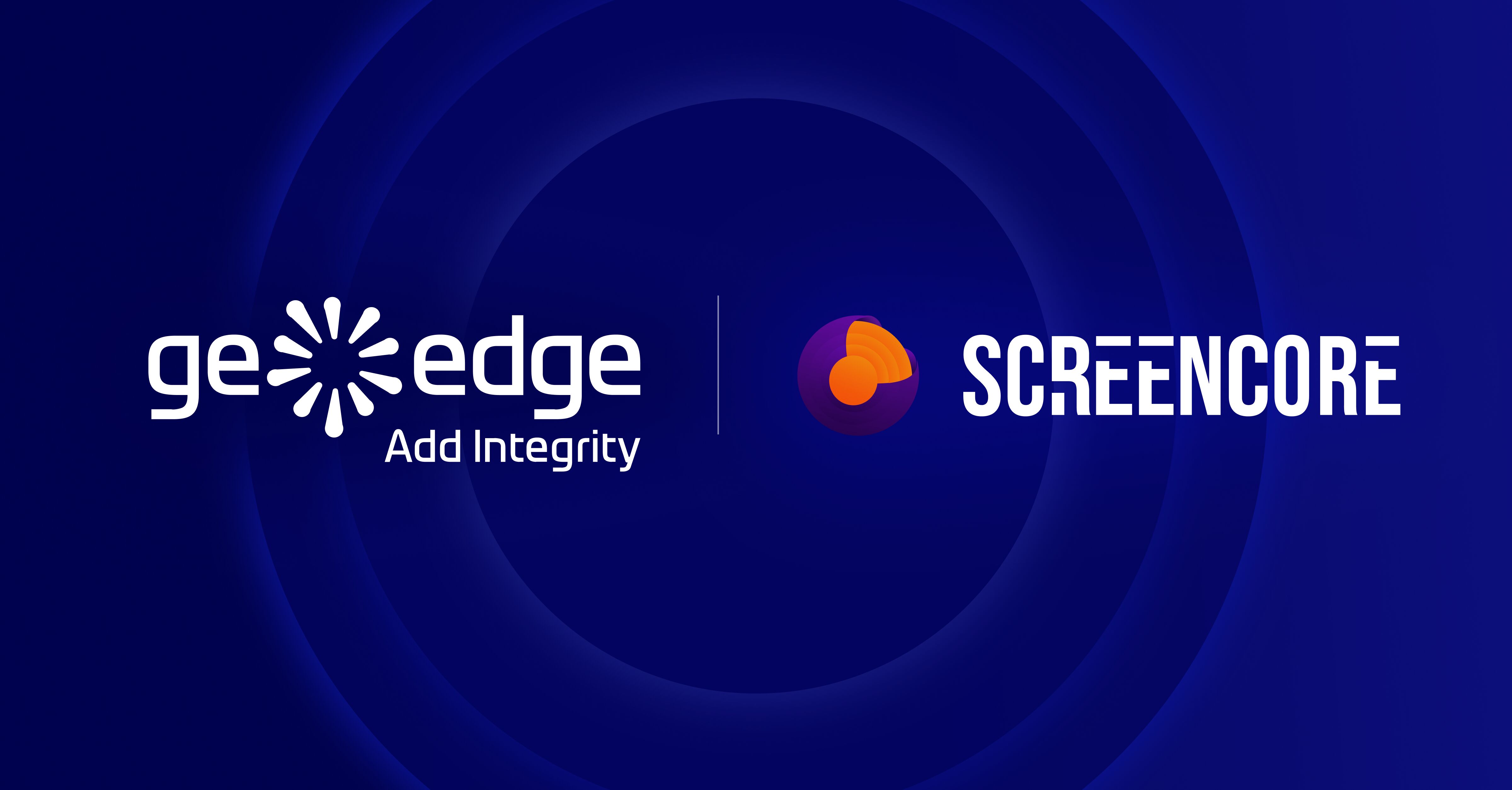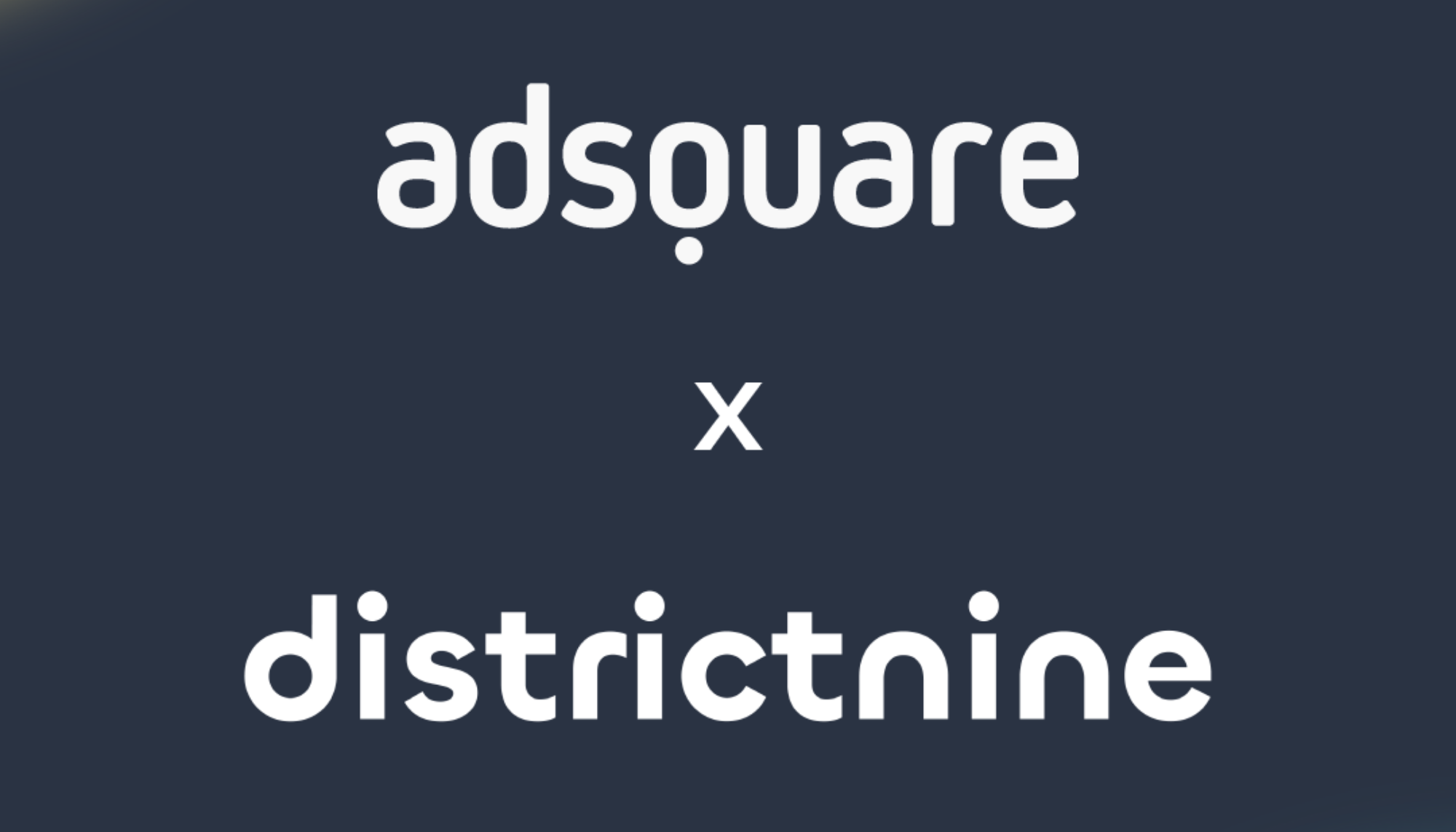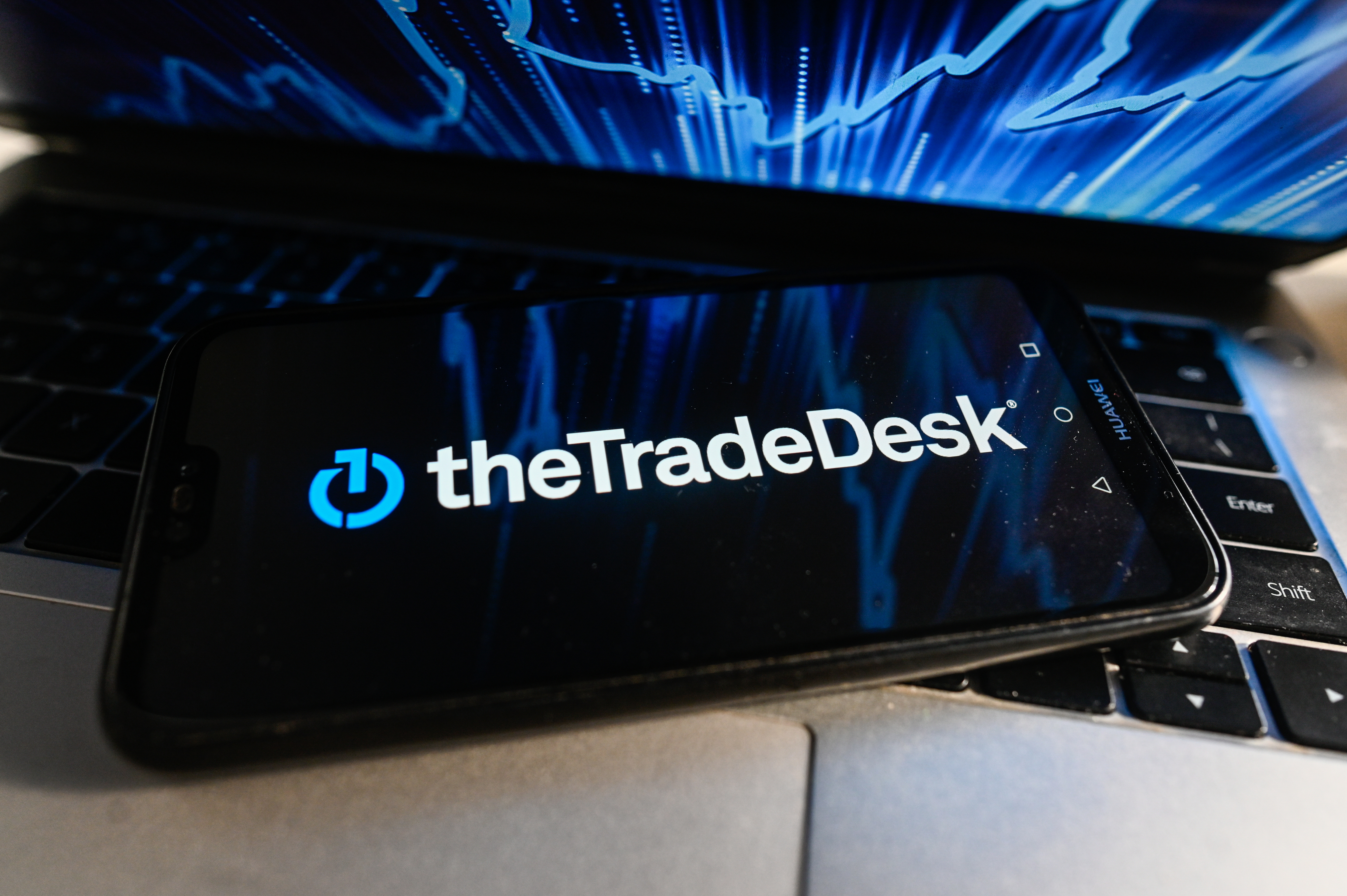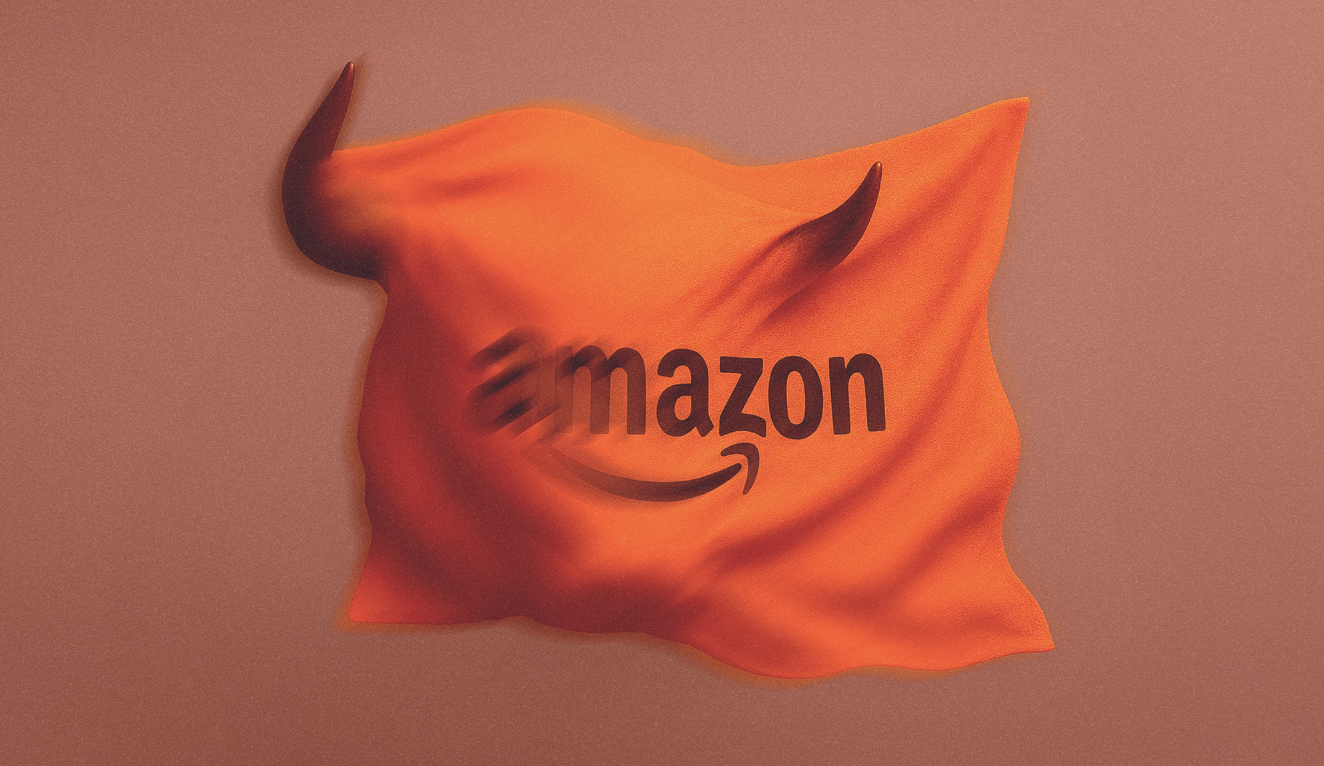#programmatic advertising
#programmatic advertising
[ follow ]
#programmatic-advertising #the-trade-desk #ai-agents #transparency #agentic-ai #amazon-dsp #real-time-bidding
fromDigiday
5 days agoProgrammatic agency execs speak out on CTV transparency
Has anyone seen any improvement in their CTV transparency in their buys at all, anywhere? Is it still just everyone's not getting any feedback of data, what episode you ran on [in] streaming, anything, no transparent pricing? Anyone found any solutions to address that other than yelling into the ether?
Marketing tech
Information security
fromExchangewire
1 week agoShinka Achieves SOC 2 Type I Certification, Strengthening Trust in CTV & DOOH Ad Tech
Shinka achieved SOC 2 Type I certification, validating enterprise-grade security and enabling faster partner onboarding, deeper SSP collaboration, and global expansion readiness.
fromDigiday
1 week agoAgencies push curation upstream, reclaiming control of the programmatic bidstream
Butler/Till is moving past this approach by pushing curation upstream, deciding what inventory should even be allowed into the auction rather than relying on DSP-side filters to clean things up downstream. That shift runs through SWYM.AI 's SelfCurate platform, which gives the agency's traders direct, self-serve control over supply before it reaches the DSP. Instead of bundling fixed lists they can dynamically score, filter and assemble inventory from a defined set of SSPs as campaigns run - producing a smaller, more intentional bidstream not because DSPs are being asked to "do better" but because fewer, higher-quality impressions are permitted into the marketplace to begin with.
Marketing tech
fromFast Company
1 week agoMaybe Spotify knows more about you than you do
The 2025 edition of Spotify Wrapped goes beyond just summarizing what you listened to with charts and infographics. This year, Spotify is also assigning each user a "Listening Age," which is based on the release years of their favorite tracks compared to others in the same age group. The feature quickly went rival, as users recoiled at their seemingly geriatric (or juvenile) musical tastes.
Marketing tech
Artificial intelligence
fromDigiday
1 week agoMedia Buying Briefing: Overheard at DPMS - How agencies grapple with AI in programmatic
Generative and agentic AI in programmatic advertising offers efficiency but must be restricted from transactional decisions and require enhanced human training and oversight.
fromMarTech
2 weeks agoIAB Tech Lab proposes Deals API for programmatic advertising | MarTech
In a move that could clean up one of programmatic advertising's messier processes, IAB Tech Lab has released version 1.0 of its proposed Deals API for public comment. The new spec introduces a standardized way for supply-side platforms (SSPs) and demand-side platforms (DSPs) to sync deal data-cutting down on the manual errors that often derail private marketplace (PMP) transactions. The public comment period runs through the end of January,
Marketing tech
Artificial intelligence
fromAdExchanger
2 weeks agoAI Mode, Activate; The Trade Desk Bends On Agency Incentives | AdExchanger
Tech platforms push AI widely and report growing usage while pushing features; discounted ad deals reveal cutthroat DSP competition and AI content increasingly targets children.
fromDigiday
2 weeks agoDigiday+ Research: Where publisher revenue stands with ads, video, content licensing and subscriptions
Direct-sold ads remain the top revenue source for publishers, with 95% saying in Q3 2025 that they get at least a very small portion of their revenue from direct-sold ads and 56% saying they get a large or very large portion of revenue from this source. These percentages have remained steady over the last few years, according to Digiday's survey data, and lend themselves to how much publishers say they'll focus on growing this part of their business in the next six months:
Media industry
Marketing tech
fromExchangewire
1 month agoPicnic Launches The Age of Quality - A New Industry Guide Redefining How Advertisers Measure Success
Prioritizing high-quality ad inventory, attention, contextual relevance, and design drives substantially higher brand lift and sales uplift than low-quality environments.
Marketing tech
fromThe Drum
1 month agoCome fly with B2B: why the next attention advantage is up in the air
In-flight advertising offers uniquely captive, focused audiences and programmatic targeting capabilities, enabling brands to connect travel moments into measurable, event- and route-specific campaigns.
Marketing tech
fromAdExchanger
1 month agoThe IAB Tech Lab Releases Its First Framework For Agentic Ad Buying Standards | AdExchanger
Containerization and multi-agent frameworks aim to reduce latency and enable agentic programmatic media buying by hosting buyer and seller code within shared infrastructure.
fromDigiday
1 month agoWhere agencies add value in Amazon's AI agent-led ad system
Amazon is following the same playbook Google and Meta have refined for years: automate more of the planning and buying that agencies once handled. But this isn't an overt bid to push them aside. It's to capture the long tail - the thousands of advertisers who were never going to hire a shop in the first place. That's the way Amazon ad execs are pitching a major overhaul to the way its ads business works this week: the DSP and Sponsored Ads console are being unified into a single Campaign Manager.
Marketing tech
fromAdExchanger
1 month agoHow PubMatic Countered A Big DSP's Spending Dip In Q3 (And Our Theory On Who It Was) | AdExchanger
Rajeev Goel, PubMatic's CEO and co-founder, demurred like a champ. He dismissed the "reseller" label as "noise" and pointed to PubMatic's recent collaboration with The Trade Desk on an API that helps publishers and advertisers share deal metadata between platforms in real time. "PubMatic is a platform for direct inventory monetization - reselling is not our business," Goel said. "We are a direct connection to publishers ... and I think it's pretty clear we provide value in ways that DSPs do not."
Marketing tech
Marketing tech
fromExchangewire
1 month agoDoubleVerify Launches Industry-First Streaming TV Solutions to Improve Transparency and Elevate CTV Ad Quality
DoubleVerify launched industry-first streaming TV verification and AI-driven IMDb-based content classification to improve transparency, control, and reduce misplaced streaming ad spend.
Marketing tech
fromExchangewire
1 month agoDigest: Amazon Ads Expands Sports Streaming Inventory; Getty and Perplexity Ink Multi-Year Deal to Power AI Search Visuals
Amazon Ads integrates Premier Sports into its DSP, Getty Images licenses visuals to Perplexity for AI search, and UK broadcasters urge Big Tech crackdown.
Canada news
fromTipRanks Financial
1 month agoINEO Tech Corp. Expands Advertising Reach with Dolphin Digital Integration and Amends Loan Terms - TipRanks.com
INEO integrated with Dolphin Digital to expand programmatic access to its retail screen inventory and amended a $1,000,000 loan to improve financial flexibility.
fromExchangewire
1 month agoAgentic Ad Tech: Writing the Rules
When AI is a bubble, and talking about AI being a bubble is a bubble ... what do you do? Right, you start talking about AI agents. And AI... agentic... what does it matter? Once you put out a new message, you quickly find a small group of people most likely to respond. You harvest that group fast, performance drops, you change the message, find a new cohort, repeat.
Marketing tech
fromDigiday
1 month agoThe great TID controversy takes another turn as Prebid moves to clarify its position
The latest flashpoint bubbled to the surface this summer when Prebid issued a change that rendered TID non-unique across exchanges, effectively undermining its primary purpose of helping buyers detect duplicate bid requests. The change was initially rolled out with little public notice, but concerns about governance and influence in open-source standards were soon raised - it's fair to say that since the August update, there's been much (public) spirited debate on the matter.
Marketing tech
[ Load more ]







